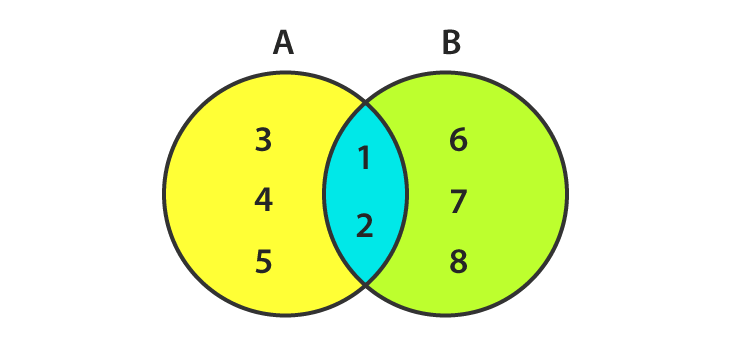1. David was given the table below, and asked to complete same with a ü in the appropriate column. He ticked as shown below.
|
STATEMENTS |
FINITE |
INFINITE |
|
List of all prime numbers |
|
ü |
|
Even numbers between 20 and 500 |
|
ü |
|
Set R {all squared numbers} |
|
ü |
i Do you believe David was correct? YES NO
ii Justify your reason for the answer you chose.
2. (2) Junior was asked to write an example of an infinite set. He wrote the following.
Set C {1, 2, 3, ……..9} David on the other hand, wrote the following to represent an infinite set:
Set B { 2, 4, 6, 8, 10, ……}
i Who was correct?
ii Justify your answer for the question above.
3. (3) List the members of the sets below then state if they are finite or infinite.
(a) Set R { vowels} ----------------------- (c) Set O { consonants in alphabet
(b) Set P { counting numbers} _______ (d) Set M {Months of the year}
FOLLOW UP PRACTICE EXERCISES
Grade Level: 6
Topic: Sets – Finite and Infinite
Duration: 1 hour
Focus Question: “What are the special symbols and language I use when I work with sets?”
Objective:
-
Students will identify members of a set as finite and infinite.
Materials:
Model Lesson Plan
Engage (5–7 minutes)
Activity:
-
Show two jars:
-
Jar A with 10 marbles.
-
Jar B labeled “Jar of Stars in the Sky.”
-
-
Ask:
“Can we count all the marbles in Jar A?”
“Can we count all the stars in the sky?” -
Ask students to predict what makes one countable and the other not.
Purpose: To spark curiosity and activate prior knowledge about countable and uncountable items.
Explore (10 minutes)
Activity:
-
Divide students into groups of 3. Give each group a Set Sorting STEM Task:
-
Sort the following into Finite and Infinite sets:
A. Set of natural numbers
B. Set of letters in the alphabet
C. Set of stars in the universe
D. Set of students in class
E. Set of even numbers
F. Set of days in a year
-
STEM Link:
-
Groups briefly research (via tablet/text) why some sets are infinite (e.g., natural numbers never end due to patterns in number systems—linked to algorithms in computing or astronomy for stars).
Output: Each group writes their sorted sets on a mini whiteboard.
Explain (10–12 minutes)
Teacher Input:
-
Define:
-
Finite Set: A set with countable or limited elements (e.g., {2, 4, 6})
-
Infinite Set: A set with unending elements (e.g., {1, 2, 3, ...})
-
-
Discuss symbols and language:
-
{ }to list elements -
...for continuing/infinite sets -
∈(element of),∉(not an element of) -
Example:
7 ∈ {1, 2, 3, 4, 5, 6, 7}
-
Visual Aid:
-
Use a chart comparing finite and infinite sets with examples.
Elaborate (15–18 minutes)
Differentiated Task (Choice Board - Pick 1):
Students choose 1 activity based on their learning preference:
| Visual Learners | Logical Learners | Kinesthetic Learners |
|---|---|---|
| Create a poster comparing finite vs infinite sets using symbols and diagrams. | Complete a worksheet with open-ended and true/false questions about set types, including justification. | Build physical sets using math manipulatives (beans, counters) to represent finite and infinite groups. |
Peer Share:
Each group presents their work in 1–2 minutes.
Evaluate (10 minutes)
Three-Tier Evaluation Task:
| Tier 1 – Basic (Below Mastery) | Tier 2 – Proficient (At Mastery) | Tier 3 – Advanced (Above Mastery) |
|---|---|---|
| Identify which of the following sets are finite: {1, 3, 5, 7}, {days of the week}, {natural numbers} | Explain why some sets are infinite and some are finite. Give at least two examples of each. | Write a paragraph using set notation and symbols to describe one finite and one infinite set in a real-world STEM context (e.g., computing, astronomy). |
STEM Integration
-
Science: Discuss how the concept of infinity is applied in astronomy (e.g., stars, galaxies).
-
Technology: Relate to data structures—some programs use loops over infinite/finite sets.
-
Engineering: Sorting components into countable and uncountable bins (used in factories).
-
Math: Use of symbols, notation, and logical reasoning.
Differentiation Strategies
-
Content: Tiered tasks, vocabulary support.
-
Process: Choice board activities, group tasks, whiteboards.
-
Product: Varied ways to show understanding—written, oral, visual, physical models.
1
H



No comments:
Post a Comment